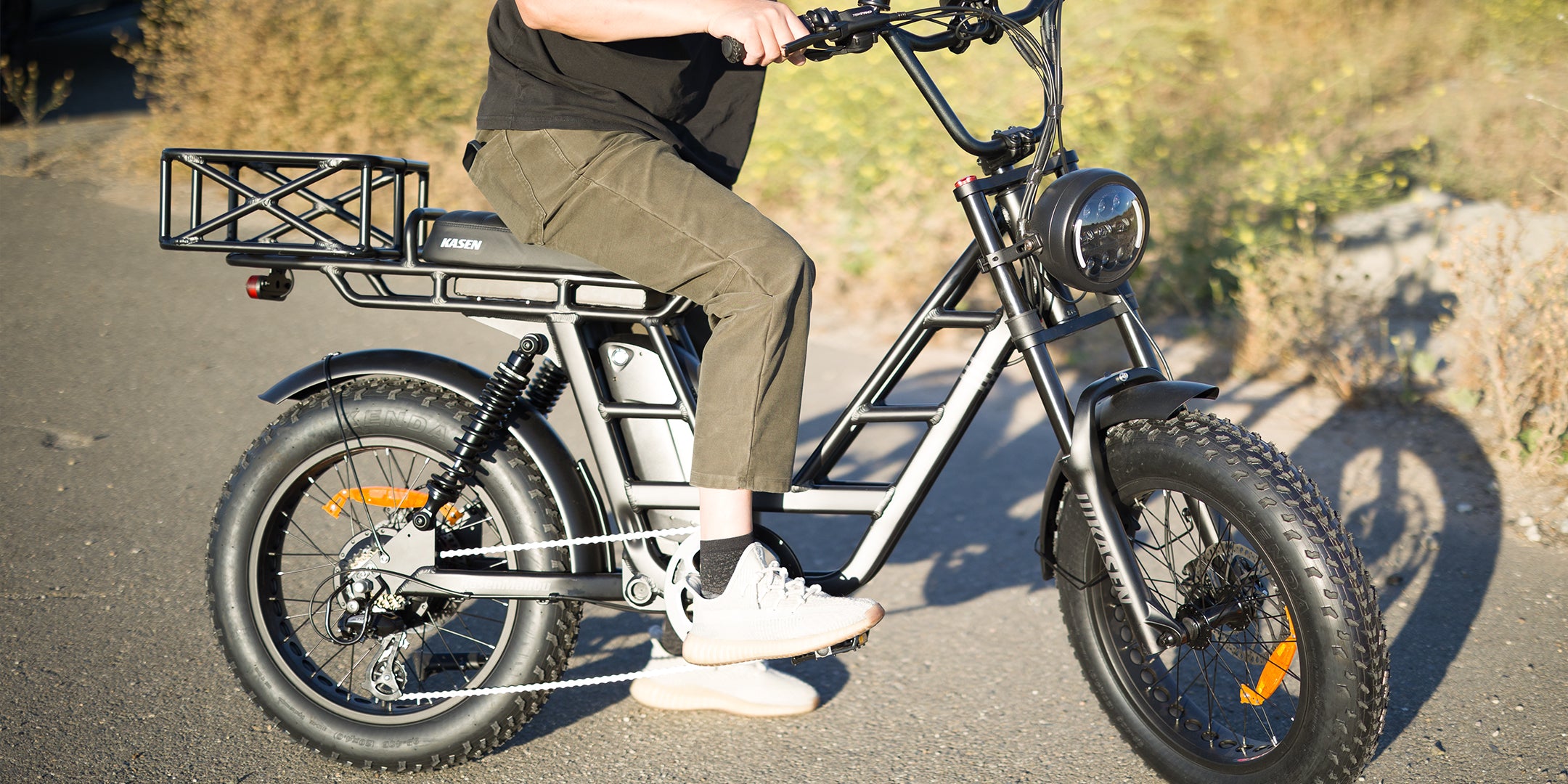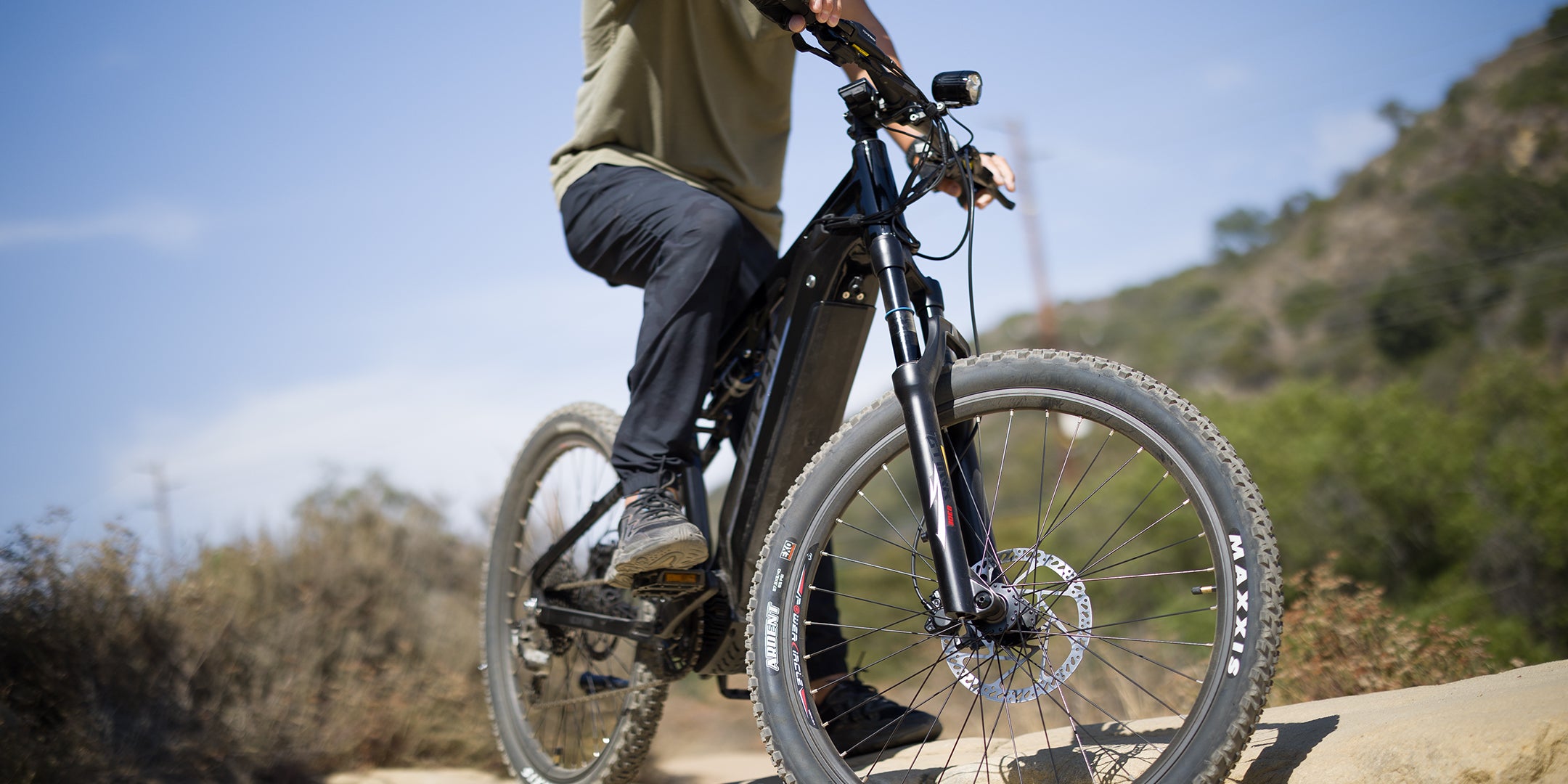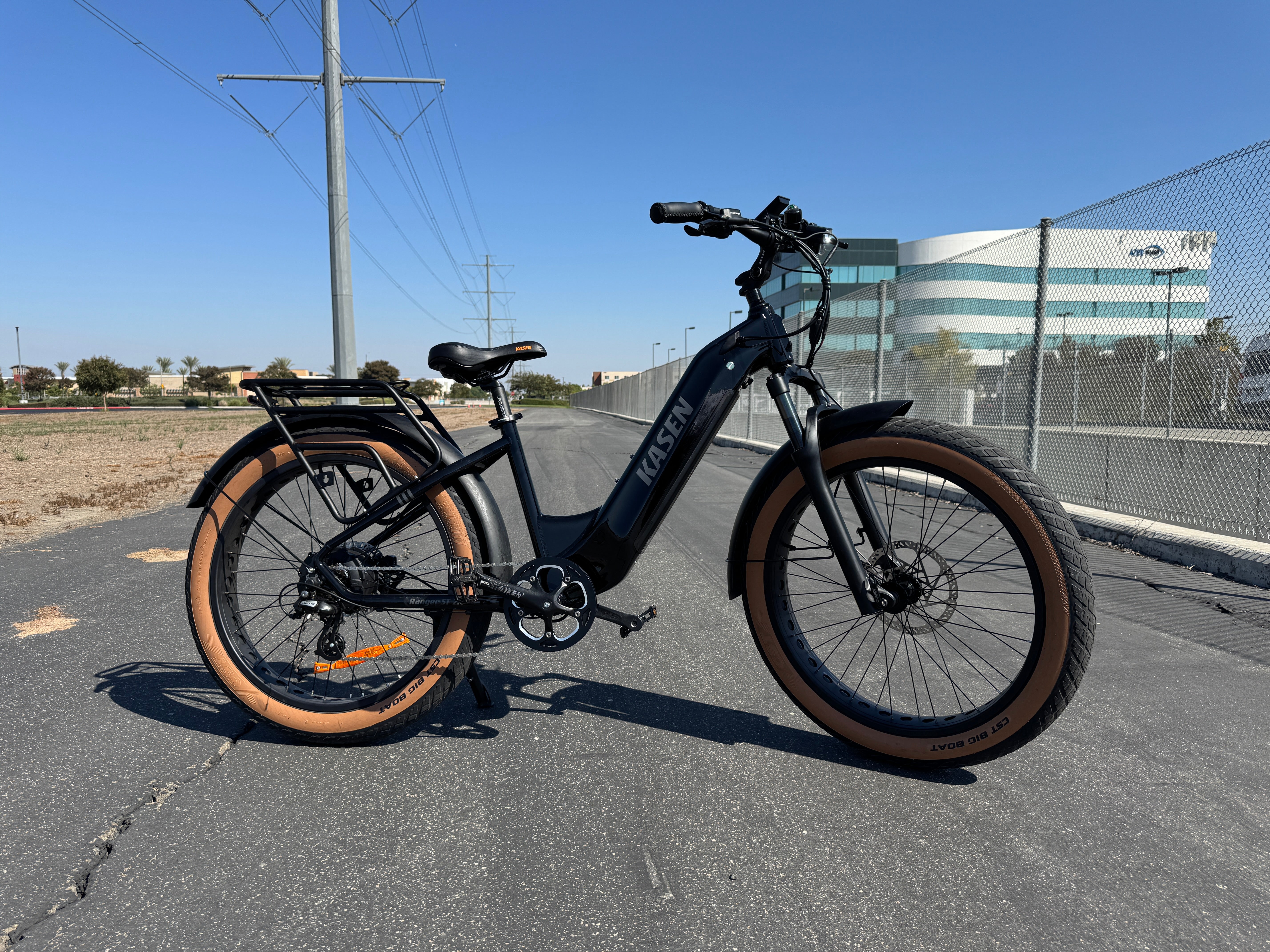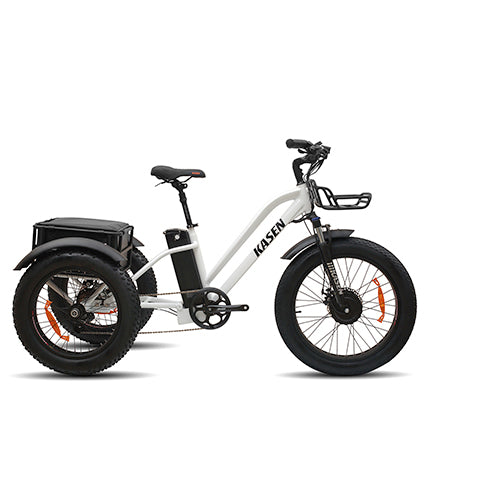Tips On How To Prolong Your Ebike Battery
Did you know that the lithium-ion battery models from brands, such as Samsung, are now more popular and considerably lighter and more compact than other types? And that is not all; they hold a charge for a longer period of time, which is excellent.
As the quality of the e-bike battery often determines its life, when purchasing an e-bike, it is best to choose an electric bike equipped with a reliable and well-known battery brand. Also, you should choose a battery company that offers a two-year warranty (minimum).
The next important tip is reading the owners’ manual. Do not make the mistake of assuming that you will figure it out all on your own. It is worth noting that there are a few dangers associated with lithium-ion e-bike batteries. For example, these batteries are flammable if you misuse them or pair them with an unsuitable charger.
This is why you should read the manual. The best thing about following the recommendations in the manual is that your electric bike battery will likely last longer. Also, keep in mind that electric bike battery life is usually calculated in standard charge cycles. And it is based on how many complete “charge cycles” your battery will likely undergo before it loses its effectiveness.
Lithium-ion e-bike batteries usually hold an average charge for about foutry miles. In most cases, when well-maintained, the e-bike battery lifespan can be as high as 1,000 full charges, usually from an empty or dead battery to a fully-charged battery. Also, it is worth noting that the battery manufacturer often specifies or mentions the maximum number of battery charge cycles. This is the number of effective recharging cycles that an e-bike battery usually goes through without losing its efficiency.
On reaching its specified number of charge cycles, you can expect some reduction in battery performance. As a result, your electric bike battery will not hold a charge for as long as it did in the past. And at this stage, you have to decide if a replacement battery is required.
We’re super thankful for the power electric bikes batteries provide and can’t imagine climbing hills without them. But what’s also important is keeping the health of ebike batteries in top shape to ensure you get the most of them before replacing. Using the smart battery charger that was provided with your ebike is the best option to ensure the battery is getting the optimal charge needed, without damaging your battery by overcharging. Using a 3rd party battery charger as an alternative may not be suitable. If anything happens to your battery charger, reach out to your support for assistance on getting a replacement. https://www.kasenbikes.com/pages/contact-us
Just like with a vehicle purchase, caring for and protecting your electric bike is vital to its function and longevity. One of the most important aspects to maintain on an electric bike is the battery. While we find Samsung Cell to be the best option for our electric bikes, it’s important to note that they require a certain level of maintenance and protection to maintain their longevity and function to keep you riding. An electric bike has a few more parts and components, such as the motor and electric bike battery. Although the motor is almost maintenance-free, the e-bike battery requires care and regular charging.
Batteries are usually one of the priciest components of your electric bike. Since an e-bike battery is usually very expensive, as an e-bike owner, you have to make sure that your e-bike battery is in top shape so that you can enjoy the longest lifespan.
How long will your electric bike battery last? Most e-bike batteries often last between two - three years. After that, they start to lose some efficiency. However, the good news is that with proper care and maintenance, you can maximize your e-bike’s battery life.
The easiest way to maintain your electric bike battery is to keep the charge within the “sweet spot” of 20-80% charge. When we talk about charging a lithium-ion battery, the two most stressful charging periods are charging from 0-20% and 80-100%. Completely discharging your battery (running it down to 0%) forces your battery to go through the most stressful charge periods. It also decreases the total number of charge cycles in the life of your battery. When you’re able, we recommend partial charges and keeping your battery in the “sweet spot” to keep the battery’s capacity high. To go along with this, we recommend that users do not store the battery at a full 100% charge and remove their battery from the charger when it reaches a full charge. While in storage, the battery will slowly discharge overtime. Leaving it to discharge until it’s completely empty can reduce the entire lifecycle of the battery, resulting in a smaller charging capacity.
Lithium batteries can be pretty sensitive to hot temperatures. This means not letting them sit out in the hot summer sun for extended period of times. If you’re able to, remove the battery and store it in a cool dry environment. The ideal core temperature for a lithium-ion battery is between 50°F and 75°F. The core temperature is vital when storing your lithium battery. Storage in very high or low temperatures can be detrimental to the life of your battery. Using the lithium-ion battery in less than ideal temperatures can impact your battery life and performance, specifically in harsh, cold temperatures. When you operate at colder temperatures, the temperature of the lithium-ion cells can vary, and there could be some cells at a high temperature and some that stay at a lower temp. The battery management system (BMS) sees this variation in temperatures as an internal issue and shuts the battery off to protect the cells.
While a bit of a no-brainer, Kasen recommends riders avoid salt and saltwater to avoid chances of corrosion. Along with that, Kasen recommends that riders avoid submerging their lithium battery in large pools of water. Kasen electric bikes have a waterproof rating of IP6. We still recommend avoiding deep creek crossings and puddles to avoid drowning the battery. Another tip for protecting your battery includes storing it in a dry, cool place. Some place that it will stay at room temperature as much as possible.
When you receive your ebike, we know how excited you may be to get on the road right away! When assembling your bike, you can save time by plugging in your battery to charge until your ebike is ready to go! Please note, a full charge may take several hours to become fully charged.
Is your e-bike battery draining? If yes, you are not alone. Many electric bike users often complain about not getting the most out of their batteries. This is true even with the increasing popularity of modern lithium-ion batteries. You should know that just like standard bikes, an electric bike requires routine maintenance.
Note that if you habitually charge around in boost or turbo mode, it is likely that your ride will not last all day. You may know that how you ride your electric bike also impacts its battery life. Remember that it is like redlining your car all the time. If your bike has boost or turbo mode and throttle exerts more stress on your e-bike battery than the eco mode will.
This is why if you think that you would be out on your bike for a few hours or even more, it is best to switch through your electric bike’s modes for more efficiency. If you are on the road or faster parts of a trail, you should ride in either low or mid settings to maximize your battery life. On the other hand, for technical or challenging trails and climbs, you can use the turbo or boost mode.
Your e-bike battery uses several sophisticated monitoring systems to prevent damage from overcharging, overheating, deep battery discharge, charging with the wrong voltage, and other errors. Please use the specific charger supplied with your bike. Other chargers may not supply the correct voltage required for charging. Even if another charger has the required voltage, it may not be programmed to initiate the charge cycle. To resolve this:
1. Remove the battery from the bike.
2. Plug the charging tip into the battery.
3. Plug the charger into wall power.
4. Tap the power button on the battery once to turn it on.
5. Charge the battery overnight.
6. When charging is complete, put the battery back on the bike and check for proper operation.
If a situation occurs that could damage the battery, the battery can go into a protective "sleep mode" - the battery cells inside are OK, but the battery won't turn on and won't take a charge. To "wake up" the battery, please follow this procedure:
1. Put the battery on the bike.
2. Plug the charging tip into the battery.
3. Plug the charger into wall power.
4. Tap the power button on the battery once to turn it on.
5. Press and hold on the controls to turn on the display.
6. Allow the battery to charge overnight.
7. Once charged, remove from wall power and check for proper operation.
Under specific circumstances, you might see one single LED flashing constantly on the battery. One blinking LED is a warning of excessive strain on the battery for its charge level. To correct this issue: • Reduce the strain on the battery and charge the battery. If it will not take a charge, please take the previous steps to resolve the issue.












Leave a comment